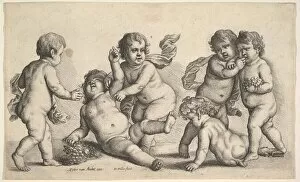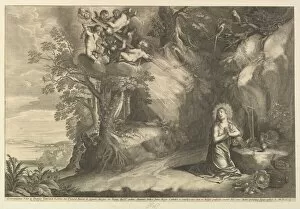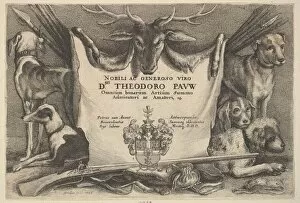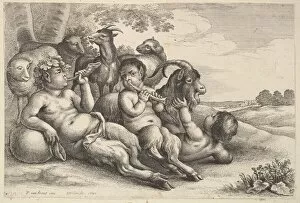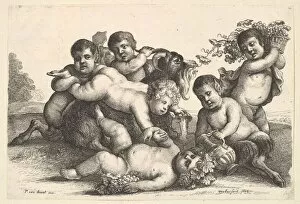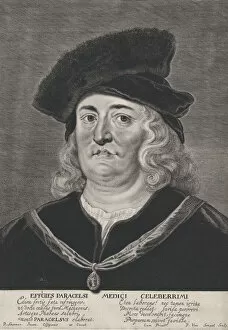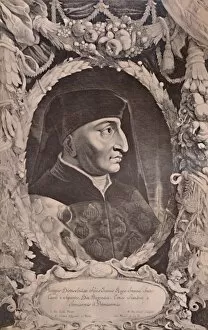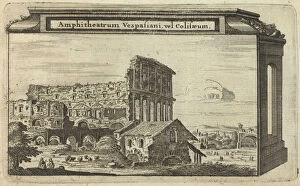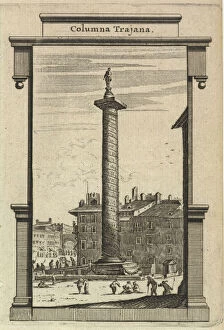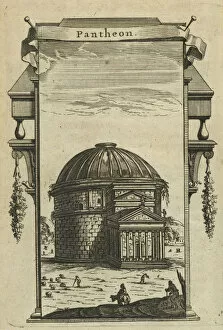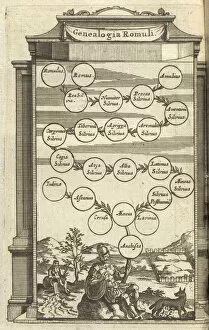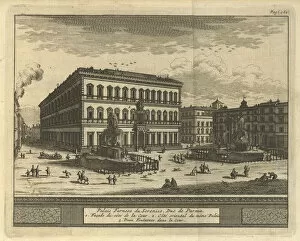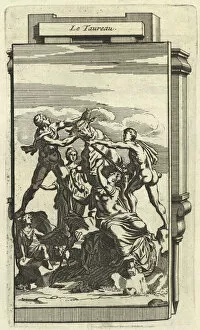Pieter Van Collection
Pieter Van, a name that resonates with the vibrant and whimsical world of art
All Professionally Made to Order for Quick Shipping
Pieter Van, a name that resonates with the vibrant and whimsical world of art. Wenceslaus Hollar, the creative genius behind these masterpieces, brings to life the enchanting tale of Five boys and a satyr in his 1646 creation. The intricate details and delicate brushstrokes transport us to a realm where myth meets reality. In The Kneeling Magdalen, Hollar captures the essence of devotion and spirituality with his expert use of light and shadow. This 1625-77 masterpiece evokes a sense of tranquility that is both captivating and serene. Titlepage with hounds and hunting equipment showcases Hollar's versatility as an artist. With meticulous precision, he depicts every element necessary for an exhilarating hunt, and is through this artwork from 1646 that we are reminded of man's primal connection to nature. Wooded Landscape takes us on a journey through lush greenery and towering trees in its depiction of nature's beauty. Created in 1644, this piece invites us to immerse ourselves in the serenity found within forests' embrace. Rothendael Abbey transports us back in time to witness the grandeur of architectural marvels from 1648. Hollar's attention to detail allows us to appreciate every intricacy present within this magnificent structure. Two young satyrs and a boy captivate our imagination as they frolic amidst mythical creatures in their playful dance captured by Hollar in 1647. This artwork reminds us that even fantastical beings can find joy in simple pleasures. The River God and the Boys depict an ethereal scene where water becomes alive under Hollar's skilled hand between 1625-77. Here we witness how art has the power to breathe life into elements otherwise unseen by human eyes. Air (The Four Elements) portrays swirling winds dancing across canvas caressed by Hollar’s brush strokes around 1647. This artwork reminds us of the intangible yet ever-present force that surrounds us.

